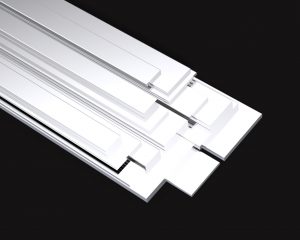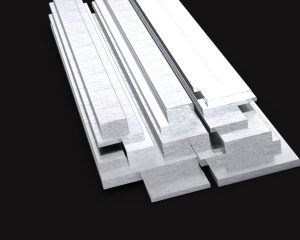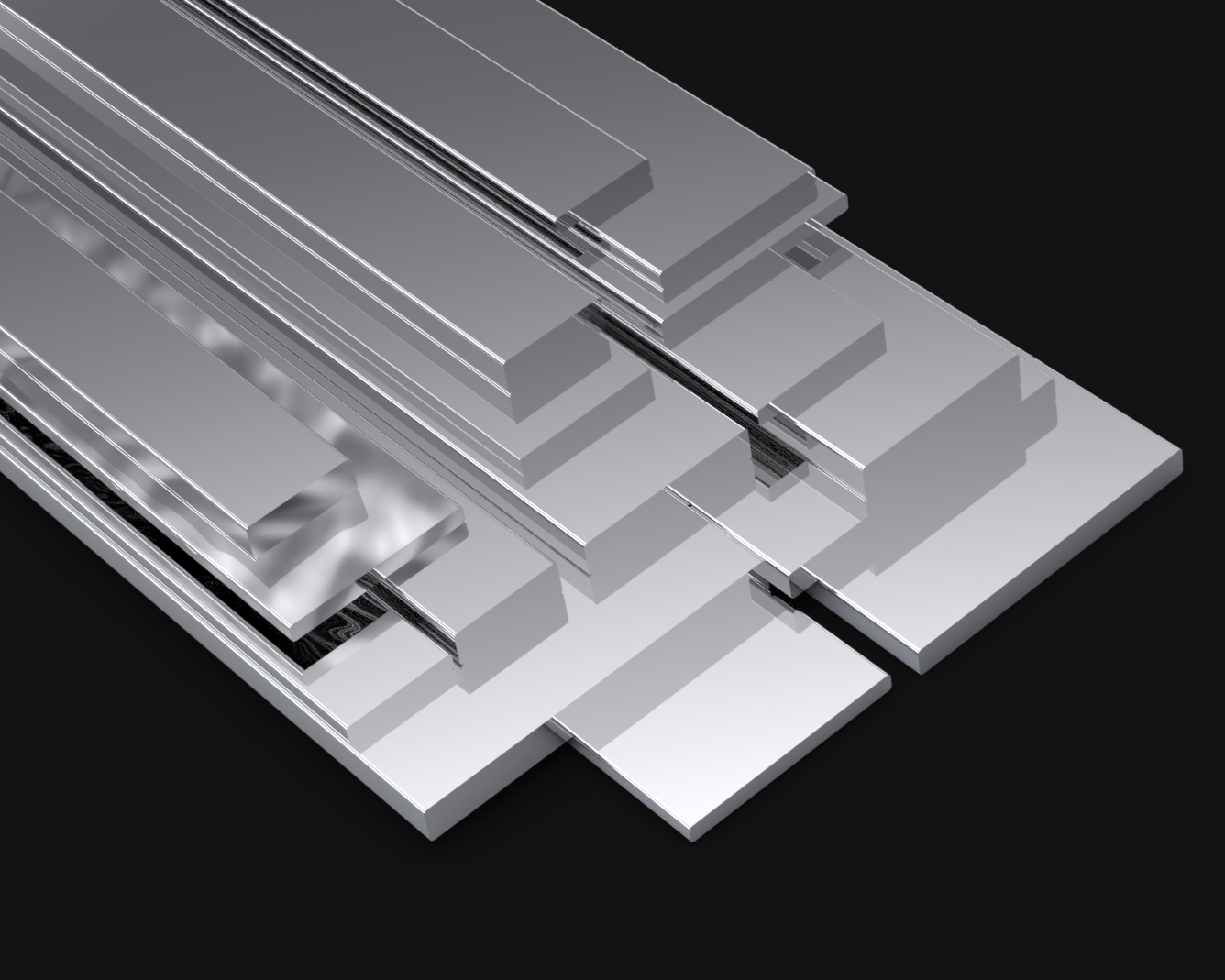Stainless Flat Bar, Properties, Applications, Advantages
Stainless Flat Bar, Properties, Applications, Advantages
- What is a Stainless Steel Flat Bar?
Stainless steel flat bars are flat, rectangular cross-section metal bars, usually produced from stainless steel. These products, which show high resistance to corrosion, are widely used in various industrial sectors.

- Technical Specifications of Stainless Steel Flat Bars
Stainless steel flat bars have the following basic technical specifications:
- Material Type: Produced from different stainless steel grades such as 304, 316, 430.
- Dimensions: Generally produced in widths and thicknesses ranging from 3 mm to 100 mm.
- Corrosion Resistance: Shows high resistance to seawater, chemical substances, and external weather conditions.
- Strength: Has high mechanical strength.
- Aesthetic Appearance: Suitable for decorative use thanks to its shiny and smooth surface.

- Types of Stainless Steel Flat Bars
Stainless steel flat bars are generally classified according to the type of steel. The most common types are:
3.1. 304 Grade Stainless Steel Flat Bar
- It is one of the most commonly used types of stainless steel.
- Preferred in the food, chemical, and pharmaceutical sectors.
- Offers excellent corrosion resistance and weldability.
3.2. 316 Grade Stainless Steel Flat Bar
- Offers higher corrosion resistance.
- Used especially in the maritime and chemical industries.
- It is extra resistant to salt water thanks to its molybdenum content.
3.3. 430 Grade Stainless Steel Flat Bar
- Produced from ferritic stainless steel.
- It has magnetic properties and is low-cost.
- Suitable for decorative applications.
- Application Areas of Stainless Steel Flat Bars
Stainless steel flat bars have a wide range of applications:
- Construction and Building Sector: Used as load-bearing and supporting elements.
- Food Industry: Preferred in food production facilities due to its hygienic and stainless structure.
- Automotive Industry: Used in vehicle parts due to its durable structure.
- Maritime Sector: Used in shipbuilding and offshore platforms thanks to its corrosion resistance.
- Machinery and Manufacturing: Plays a role in the production of various machine parts.
- Advantages of Using Stainless Steel Flat Bars
Stainless steel flat bars are widely preferred in the industry thanks to the many advantages they offer:
- Corrosion Resistance: Provides high resistance to rust.
- Long-Lasting Use: It is more durable than steel.
Low Maintenance Requirement: Does not require painting or coating. - Recyclable: It is an environmentally friendly material.
- High Mechanical Strength: Has a high capacity to carry heavy loads.
- Aesthetic Appearance: Can be used for decorative purposes with its shiny surface.
- What to Consider When Buying Stainless Steel Flat Bars?
You should consider the following factors when purchasing stainless steel flat bars:
- Quality Standard: You should choose the quality appropriate for your application (304, 316, etc.).
- Size and Thickness: You should determine the appropriate dimensions for your project.
- Surface Finish: You should decide whether it will be shiny or matte.
- Supplier Reliability: You should purchase from certified and reliable suppliers.
- Stainless Steel Flat Bar Prices
Stainless steel flat bar prices vary depending on steel quality, dimensions, processing method, and market conditions. In general, 316 grade stainless steel flat bars are more costly compared to 304 grade.
7.1. Factors Affecting Prices
- Raw material prices
- Production costs
- Size and thickness
- Order quantity
- Exchange rate changes
- Maintenance and Cleaning of Stainless Steel Flat Bars
Regular maintenance should be performed to ensure the longevity of stainless steel flat bars:
- Keep them clean by wiping with a damp cloth.
- Avoid using abrasive cleaning materials.
Rinse regularly in areas exposed to salt water. - Maintain their shine by using stainless steel cleaners.
- Frequently Asked Questions (FAQ)
9.1. Does a stainless steel flat bar rust?
No, a stainless steel flat bar does not rust when the appropriate quality and maintenance are provided. However, in very extreme chemical and salty environments, 316 grade should be preferred over 304 grade.
9.2. Can a stainless steel flat bar be cut?
Yes, stainless steel flat bars can be cut with laser cutting, plasma cutting, or a saw.
9.3. Can a stainless steel flat bar be welded?
Yes, but appropriate stainless steel electrodes or wires must be used for the welding process.
9.4. In which sectors are stainless steel flat bars most commonly used?
They are widely used in the construction, food, automotive, maritime, and machinery industries.
9.5. Where can stainless steel flat bars be purchased?
They can be procured from metal suppliers, steel companies, or special manufacturing firms.
9.6. How are stainless steel flat bar prices determined?
Factors such as steel quality, dimensions, order quantity, and exchange rates affect the prices.
The stainless steel flat bar is a material preferred in many sectors thanks to its durability, long-lasting structure, and superior resistance to corrosion. You can achieve maximum efficiency in your projects with the right quality selection and correct usage. If you are considering purchasing stainless steel flat bars, you can achieve the best results by choosing the most suitable type for your needs. For detailed information click here.


